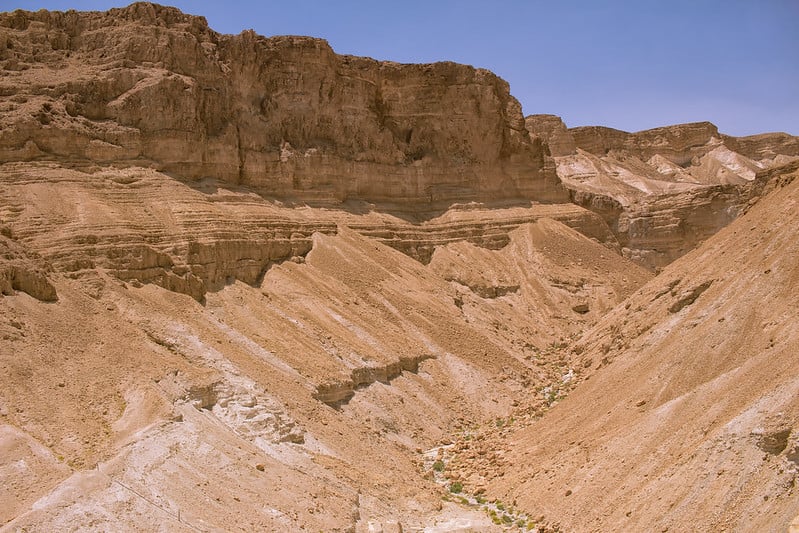
Archaeologists from the Office for Monument Preservation and Archaeology have made a significant discovery. They found a substantial Roman complex while digging in a gravel quarry near Cham-Oberwil, situated in the Canton of Zug, Switzerland.
Positioned on a raised spot in the Äbnetwald area, the site holds traces of old villages and burial grounds from the time when people used bronze and iron. The Office for Monument Preservation and Archaeology has been doing emergency excavations at the dig site since the 1990s.
Discovery of big Roman structures
Remains of the walls of a Roman building complex built around 2000 years ago have been discovered in a gravel pit in Cham, a municipality in canton Zug. According to the canton’s Office for Historical Monuments and Archaeology of canton Zug, the discovery is “a sensation”. pic.twitter.com/JeY3TAoljn
— Nepalplus (@nepalplus) August 22, 2023
In a recent study, experts uncovered a bunch of big Roman structures and rooms. These are part of a bigger setup that covers at least five hundred square meters.
New archaeological findings suggest that the complex is about two thousand years old. This is revealing fresh information to researchers about a significant period when the Romans occupied the pre-Alpine area in Central Switzerland.
This insight is particularly noteworthy because it is the first time in nearly a century that such detailed information about this occupation has come to light.
Preservation of the buildings
According to Christa Ebnöther, who is a Professor of Archaeology at the University of Bern, there are only a handful of large buildings like these known from Roman times in the pre-Alpine region, unlike in other areas.
She added that “what is also astounding is the relatively good preservation of the remains.”
Although the exact purpose and size of the complex remain uncertain, archaeologists are still working to figure it out. They think it could have been a big fancy house, kind of like a villa, or maybe even a special building like a temple.
More about the complex
Apart from discovering the foundational walls of the Roman complex, the team has also come across ordinary items as well as valuable objects that hint at a higher status.
These include Roman tableware that was brought from Italy and Gaul, a piece of gold, coins, glass containers, parts of amphorae, and a significant collection of iron nails which were likely used in constructing wooden structures.
Karin Artho, who leads the Office for Monument Preservation and Archaeology, expressed gratitude for the excellent teamwork. She mentioned that this collaboration has allowed them to record many discoveries and safeguard important artifacts in recent years.
According to her, “These pieces of the puzzle make it possible to trace the life of our ancestors and to better understand our history.”